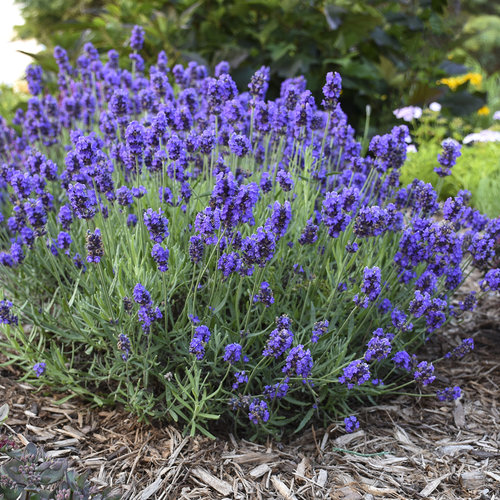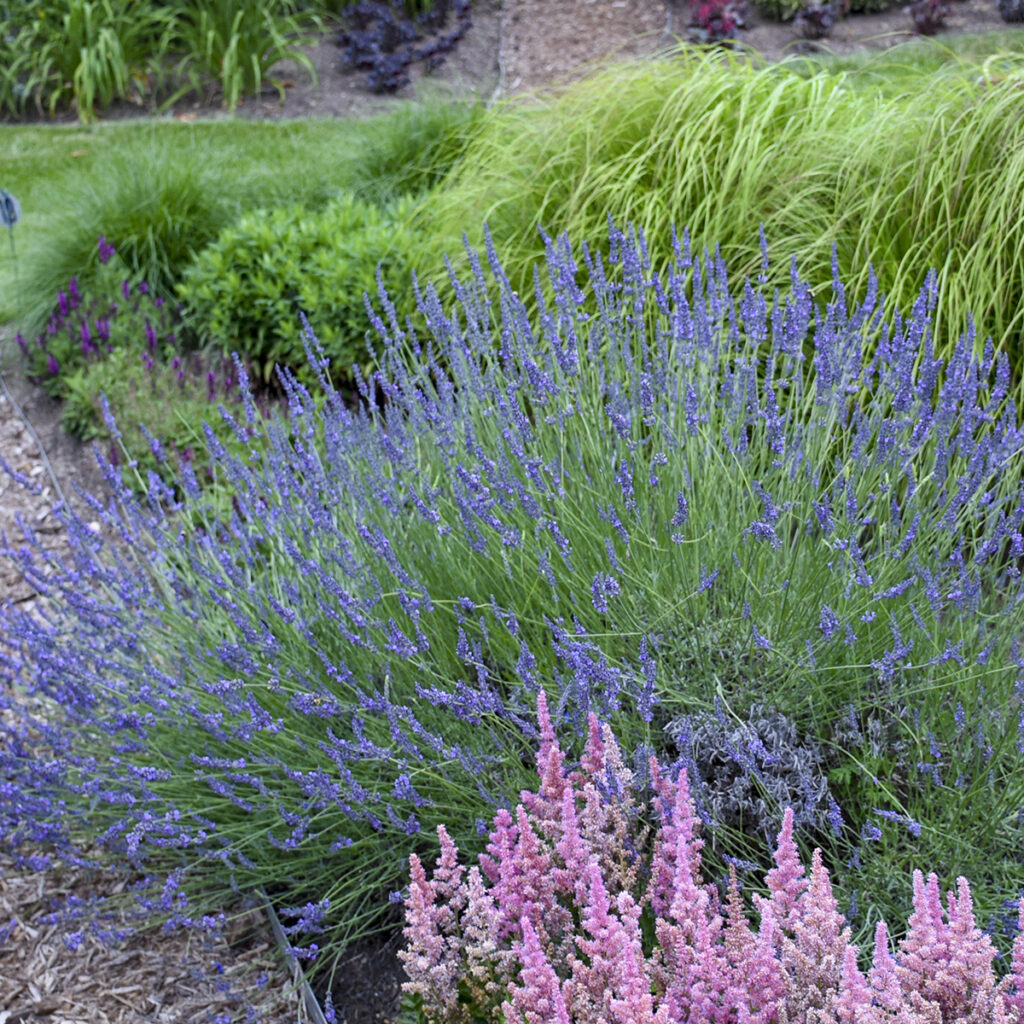Are All Lavender Plants Perennial? Understanding Their Growing Habits

Every spring, garden centers queue up neat rows of lavender in bloom, their scent wafting like an invitation to a sun-soaked Mediterranean hillside. But ask a dozen home gardeners why only half their lavenders come back after winter, and you’ll hear a chorus of shrugs—or worse, silence. Here’s the dirty secret: most folks treat lavender as a set-it-and-forget-it perennial, then wonder why their garden dreams dry up by June.

Lavender Longevity: The Elephant in the Flower Bed
I learned this lesson the hard way in 2018—back when I was convinced that any “perennial” label meant guaranteed returns. That spring, I invested $72 in assorted 4" pots labeled simply “lavender.” By year two? Only three survived. My mistake wasn’t just picking the wrong type—it was assuming all lavenders play by the same rules.
The Mistake Everyone Makes (and No One Confesses)
Let’s call it lavender blindness: seeing “lavender” and assuming uniformity. But here’s what doesn’t get said enough:
Not all lavenders are perennial where you live—even when tags say so.
- Retailers rarely specify which species you’re getting.
- Labels often ignore USDA zones or fudge “hardiness.”
- Many gardeners don’t realize that root rot, not cold alone, kills more plants than frostbite ever will.
If you’ve had lavender ghost your garden after one season, it’s not bad luck—it’s this widespread confusion.

Breaking Down Lavender Types—And Their Real Chances
Let’s ditch the generic advice and look at actual outcomes:
English Lavender (Lavandula angustifolia)
- Hardy to at least USDA zone 5—but only if roots stay bone-dry in winter.
- Average lifespan: 5–15 years with pruning; I’ve seen ‘Hidcote’ last nearly two decades in zone 6a clay soil—but only on a south-facing slope amended with gravel.
- Common mistake: Planted flat in loam or clay without sand/grit = root rot within two wet winters.
French & Spanish Lavender (L. dentata, L. stoechas)
- Survive as perennials only above zone 8; otherwise act as annuals or struggle through one erratic season.
- People fall for their showy blooms but rarely admit how fast they collapse—one hard frost wipes them out overnight.
- I tested ‘Otto Quast’ Spanish lavender in zone 7b—lost both plants to a surprise March snow despite covering them with buckets.
Lavandin Hybrids (L. x intermedia)
- Tolerate zone 5/6 winters better than French types—but still despise wet feet.
- In my side-by-side trials (2019–2022), ‘Phenomenal’ outlasted ‘Grosso’ by three years, most likely due to its tighter growth habit and resistance to crown rot.

The Overlooked Killers: What Most Guides Don’t Warn You About
If there’s one pattern I see across hundreds of gardener reports (and my own failed attempts), it’s death by soggy roots—not cold snaps.
Mistake #1: Assuming Water Solves Everything
Lavender evolved on rocky hillsides where rain drains away instantly; our urge to water through summer heat actually kills more plants than drought does. A veteran grower once told me, “If your shoes sink into your lawn after rain, your lavender is already doomed.”
Solution:
- Amend every planting hole: For every gallon-size plant, mix at least two quarts of coarse sand or pea gravel into native soil.
- If uncertain about drainage rates: Fill the hole with water before planting; if it hasn’t drained away in thirty minutes, dig elsewhere or build a mound at least 10" high.
Mistake #2: Trusting Nursery Tags Over Local Wisdom
Many big-box stores import plug-grown lavenders from warmer states; these soft-leaved imports rarely survive real winters outside zones 8+.

Solution:
- Ask for cultivars proven locally—garden clubs often keep informal lists of survivors (my local club swears by ‘Munstead’ over newer hybrids).
Mistake #3: Failing to Confirm Botanical Names
A major pitfall is buying what looks like English lavender but turns out to be an imposter hybrid with lower cold tolerance—and higher susceptibility to disease.
Solution:
- Insist on Latin names (angustifolia, intermedia, etc.) before purchase.
Costly Lessons from Real Gardens
In my own trial beds (zone 6 Pa.), initial losses ran nearly $60/year because I gambled on flashy varieties instead of sticking with proven workhorses. It took several seasonal failures—and swapping notes with neighbors—to realize:
- French/Spanish types tank below zone 8F unless babied indoors ($40 lost/year)
- Even hardy English types croak if planted near downspouts or compacted earth ($15–$25 lost/year)
- Mulching too close to stems traps moisture—inviting fungal disaster
The shift happened when I switched tactics:
- Raised beds filled with sandy loam and grit
- Planting only angustifolia or Phenomenal hybrids
- Never watering established plants after year one
Since then? Near-total survival rate for five consecutive years—with zero replacements needed.

What Real Success Sounds Like
Last summer, my neighbor Jane stopped mid-stride while jogging past my front yard: “How did you get those lavenders so full? Mine barely survived last winter.” My answer startled her—I’d actually stopped mulching and started neglecting them (“Tough love is key!”). We dug up her soggy plants together and replanted new starts into mounded sand-clay mix. By July, her walkway buzzed with bees…and she’d spent $0 on replacements that year for the first time ever.
Analyst's Action Plan for Lasting Lavender
- Know Your Zone:
- Use USDA Hardiness Map (takes <60 seconds)
- Demand Specifics:
- Buy ONLY after confirming species/cultivar name; ask which types survive locally
- Engineer Your Soil:
- Minimum ratio: 1 part gravel/sand : 2 parts native soil at planting time
- Resist Nurturing Impulses:
- Skip mulch near stems; avoid overwatering once roots are established (<1”/week even during summer)
- Log Results Each Year:
- Track which varieties return reliably—ignore social media hype until something survives three winters in your plot
Final Thought: Failure Is Data
Every vanished plant isn’t just a loss—it’s feedback that most gardening guides gloss over out of politeness or marketing pressure (“perennial everywhere” sells more pots). In reality? Expect—and even embrace—a few setbacks while dialing in what works for your climate and soil combo.
Sharing mistakes openly saves money and frustration for everyone else chasing those dreamy purple rows next season…including future-you!



